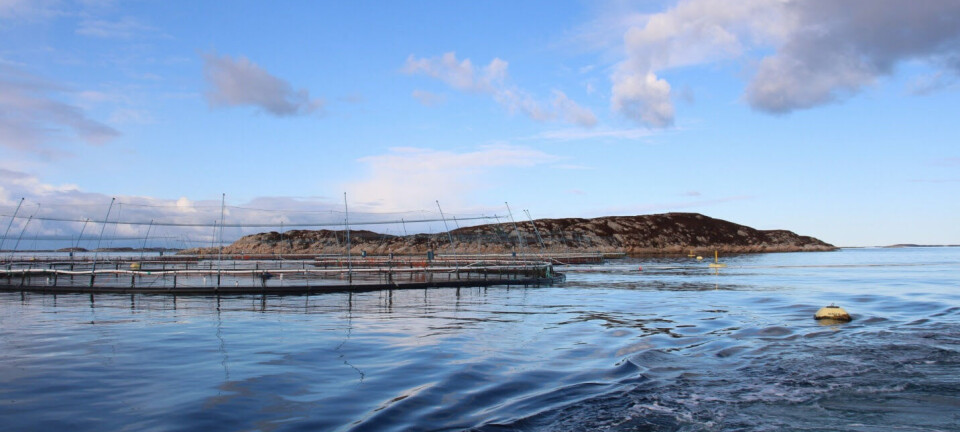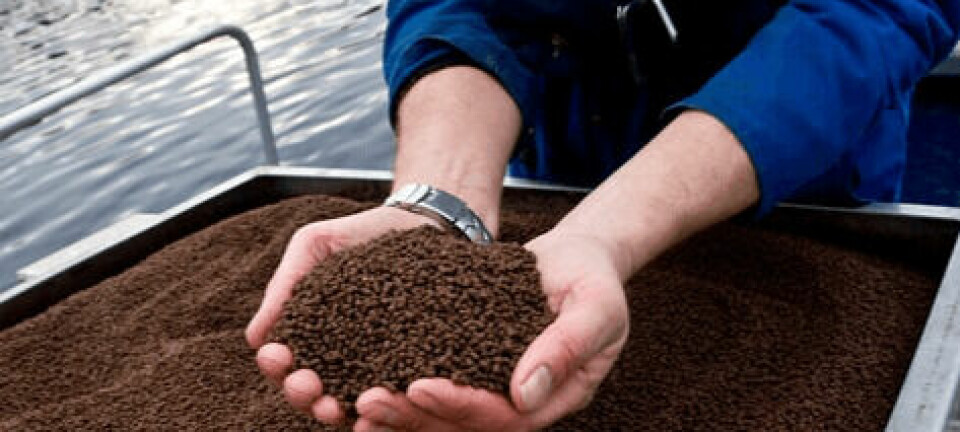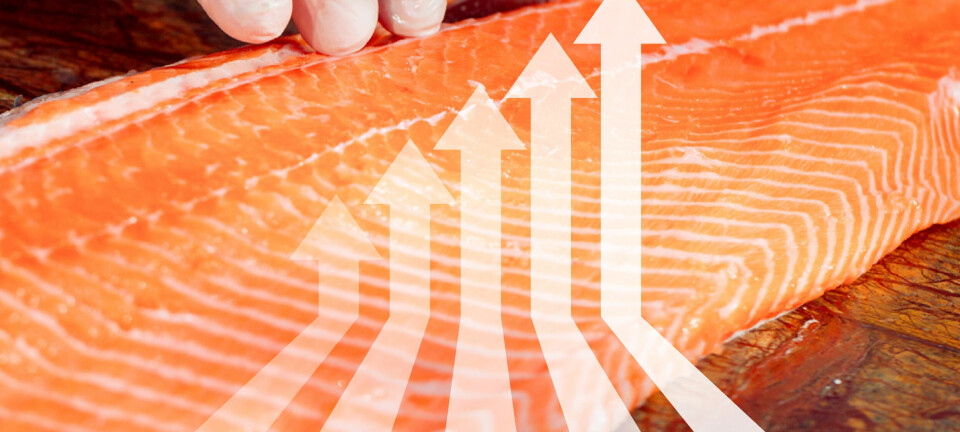
Which is healthier, farmed or wild salmon?
Opinion
The Whole Foods Market stores in Vancouver and other parts of the world established a set of standards for its suppliers of farmed salmon in 2008, eliminating most producers from supplying the largely organic-product chain with salmon as they would have at some point in time had to use antibiotics for the veterinary treatment of disease or to use the anti-salmon lice treatment SLICE™. This is the only approved- and for most farmed salmon populations mandated by government regulations- therapeutic treatment for farmed Atlantic salmon in British Columbia. The use of synthetically produced pigments such as astaxanthin is also forbidden by the Whole Foods Market stores’ farmed salmon purchasing policy. Its Seafood Quality Standards states;
“Whole Foods Market is establishing a purchasing preference for suppliers that develop innovative technologies and practices such as integrated multitrophic aquaculture (i.e. polyculture with integrated fish-shellfish-seaweed production), as well as closed containment systems that substantially reduce their environmental impacts, while at the same time meeting Whole Foods Market’s quality and cost criteria and other standards”.
A quick search of the company’s web site shows no standards for “wild” salmon, but a long list of recipes that call for the use of “wild” salmon without specifying what species of “wild” salmon should be used for the individual recopies.
But it was “wild” sockeye salmon from Whole Foods that last week was the subject of a health scare and a voluntary recall due to a suspected contamination with Listeria monocytogenes which can present a health hazard if consumed- particularly by pregnant women. The bacteria can be difficult to eliminate from food processing facilities, and it has also been associated with some North American farmed fish products in the past.
Chuck Anderson is the director of new business and retail for Sousa Seafood in Boston, a direct processor of fresh fish and seafood specializing in wild caught species from New England. He also writes for SeafoodSource, where he recently speculated on which type of salmon- farmed or wild- is healthier;
Seafood managers across the country keep hearing this question from their customers. I think farmed salmon is healthier than wild salmon. The biggest health benefit from salmon comes from DHA and EPA omega-3 fatty acids. These beneficial oils are found in the fat of the fish. The higher the fat content of the fish, the healthier it is for human consumption.
Most farmed salmon is Atlantic salmon (salmo salar). Atlantic salmon has the 2nd highest fat content of the 6 common salmon species. King (Chinook) salmon has the highest, but only comprises about 1 percent of the wild salmon harvest (although there are excellent farmed king salmon available). The other four species of salmon that are usually wild caught, (coho, sockeye, chum, and pink salmon), have lower fat content than king or Atlantic salmon. Unless you are eating wild king salmon, and can afford to pay for it, farmed salmon is usually healthier than wild salmon. I don't worry about the stories of contaminated farmed salmon. The water and diet of farmed salmon are constantly monitored. Most farmed salmon come from pristine areas. The U.S. Food and Drug Administration says any risk from contaminants in farmed salmon are far outweighed by the many healthy benefits of eating salmon.
We are very fortunate to be able to have this discussion. We have wild salmon and farmed salmon to choose from. We can't say the same about cattle, chicken and hogs. Maybe the best answer to the question is both. Wild and farmed salmon are healthier choices than most animal protein sources. Maybe we should question those that try to pit farmed salmon vs wild salmon in the first place. What is their agenda?























































